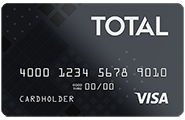Alex Miller
Alex Miller
Founder & CEO
304 Published Articles
Countries Visited: 34U.S. States Visited: 29
Founder and CEO of Upgraded Points, Alex is a leader in the industry and has earned and redeemed millions of points and miles. He frequently discusses the award travel industry with CNBC, Fox Business...
Edited by: Michael Y. Park
Michael Y. Park
Senior Editor and Content Contributor
42 Published Articles 875 Edited Articles
Countries Visited: 60+U.S. States Visited: 50
Michael Y. Park is a journalist living in New York City. He’s traveled through Afghanistan disguised as a Hazara Shi’ite, slept with polar bears on the Canadian tundra, picnicked with the king and que...
& Jessica Merritt
Jessica Merritt
Senior Editor & Content Contributor
179 Published Articles 762 Edited Articles
Countries Visited: 4U.S. States Visited: 23
A long-time points and miles student, Jessica is the former Personal Finance Managing Editor at U.S. News and World Report and is passionate about helping consumers fund their travels for as little ca...
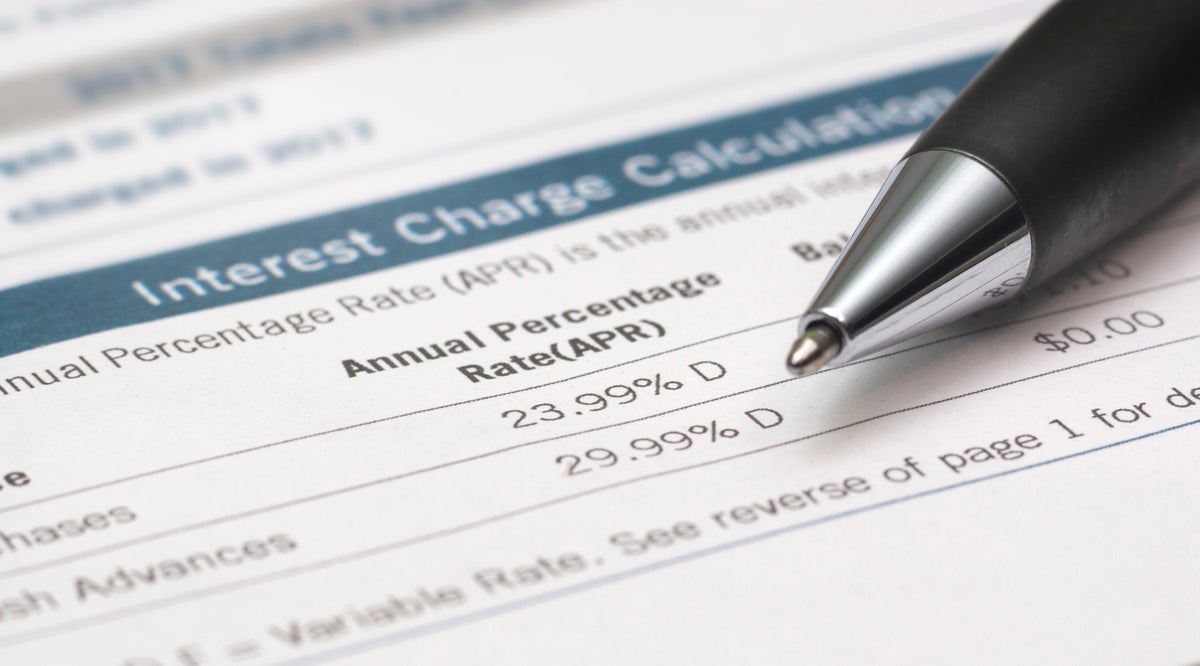
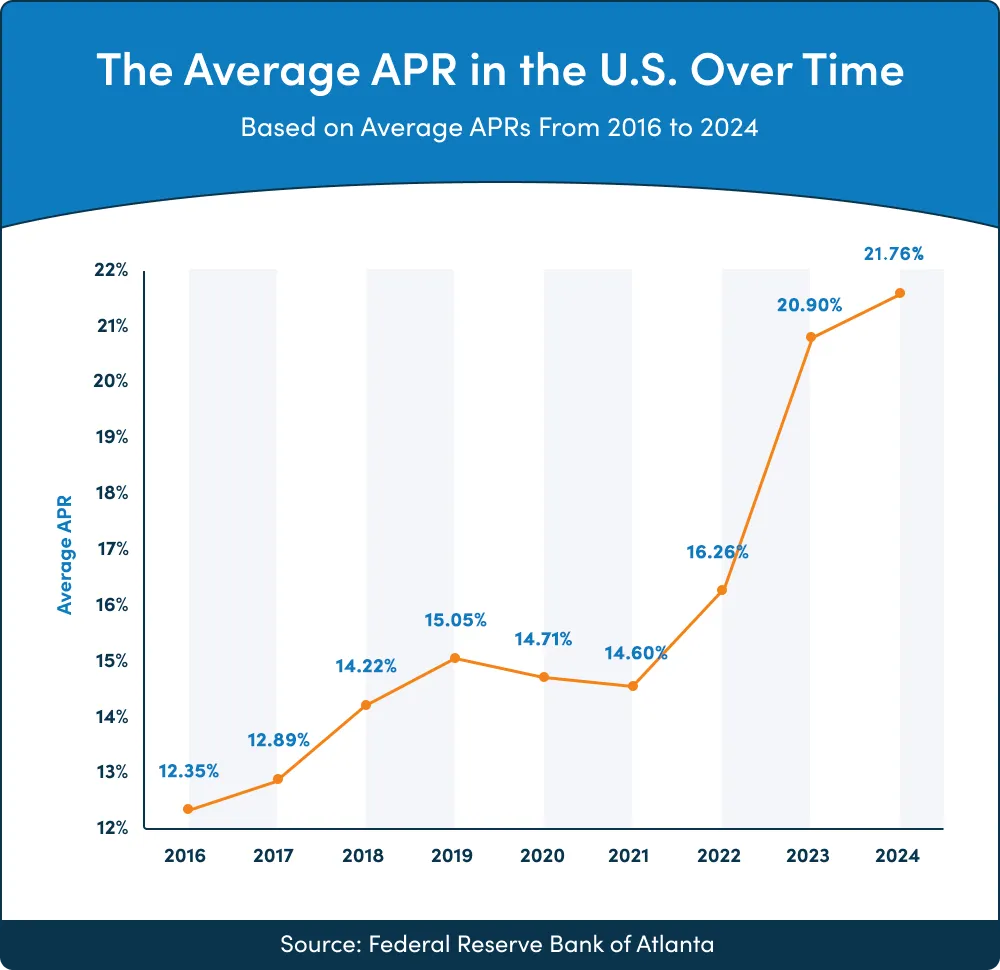
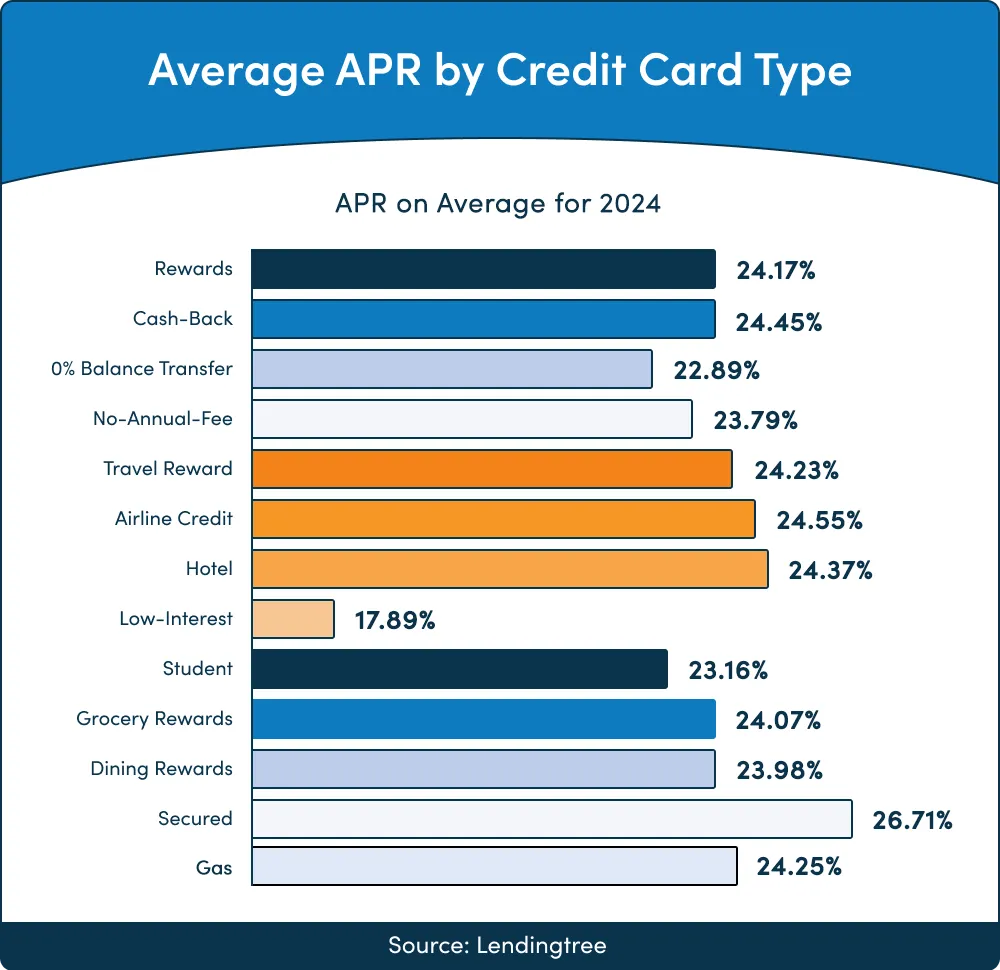
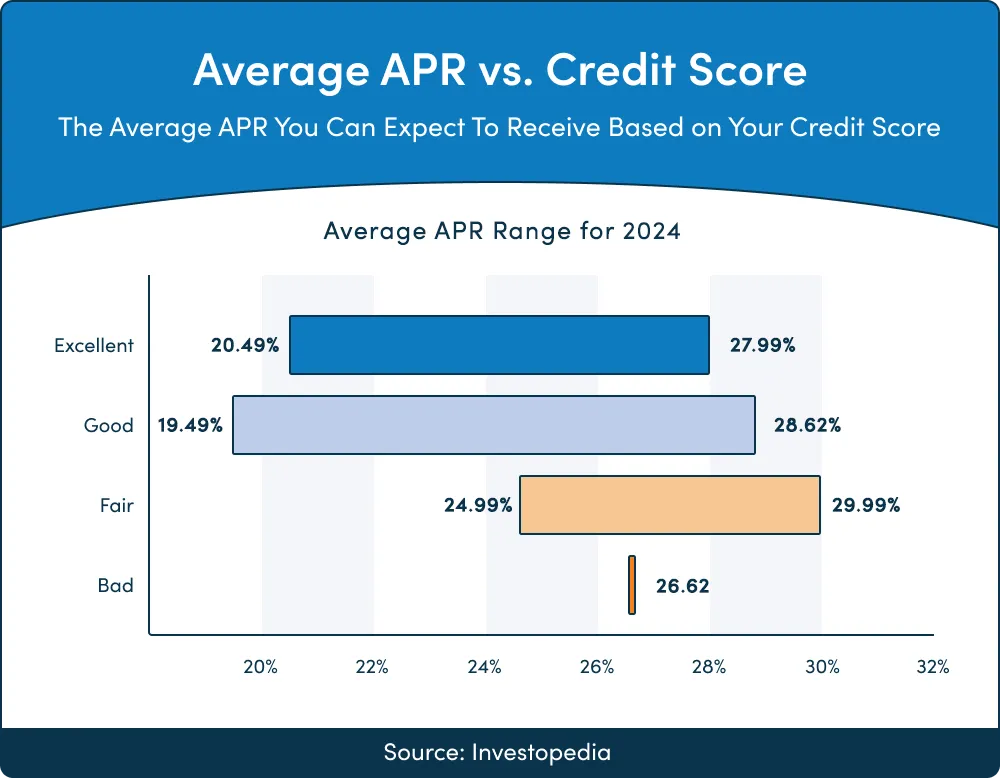
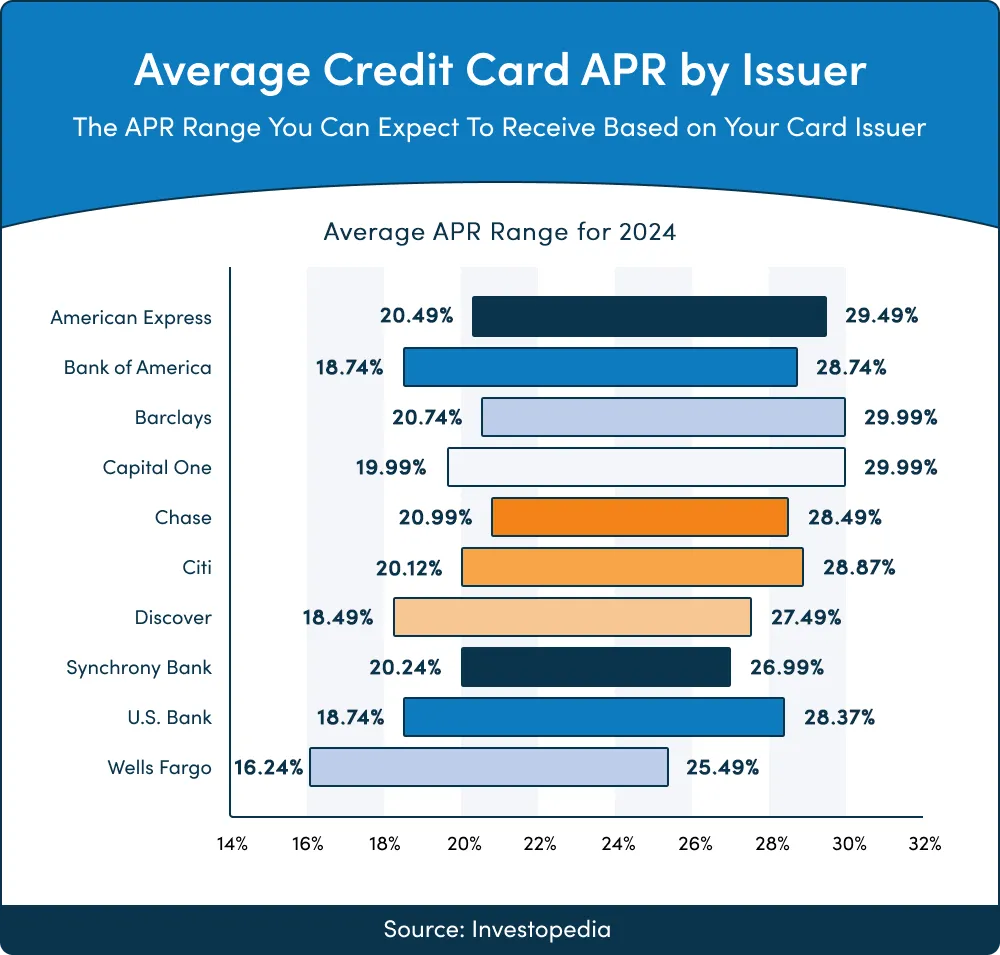
![The New United Explorer Card – Full Review [2025]](https://upgradedpoints.com/wp-content/uploads/2024/06/UNTD_ExplorerCard.png?auto=webp&disable=upscale&width=1200)
![Credit One Bank Wander® American Express® Card – Full Review [2024]](https://upgradedpoints.com/wp-content/uploads/2021/08/Credit-One-Bank-Wander-Amex-Card.png?auto=webp&disable=upscale&width=1200)

